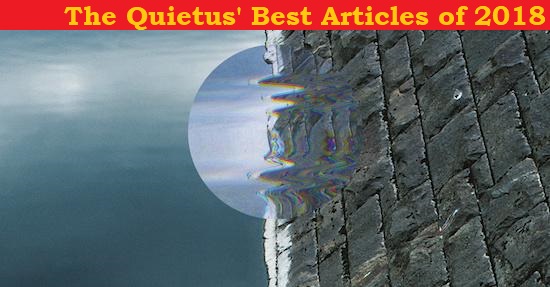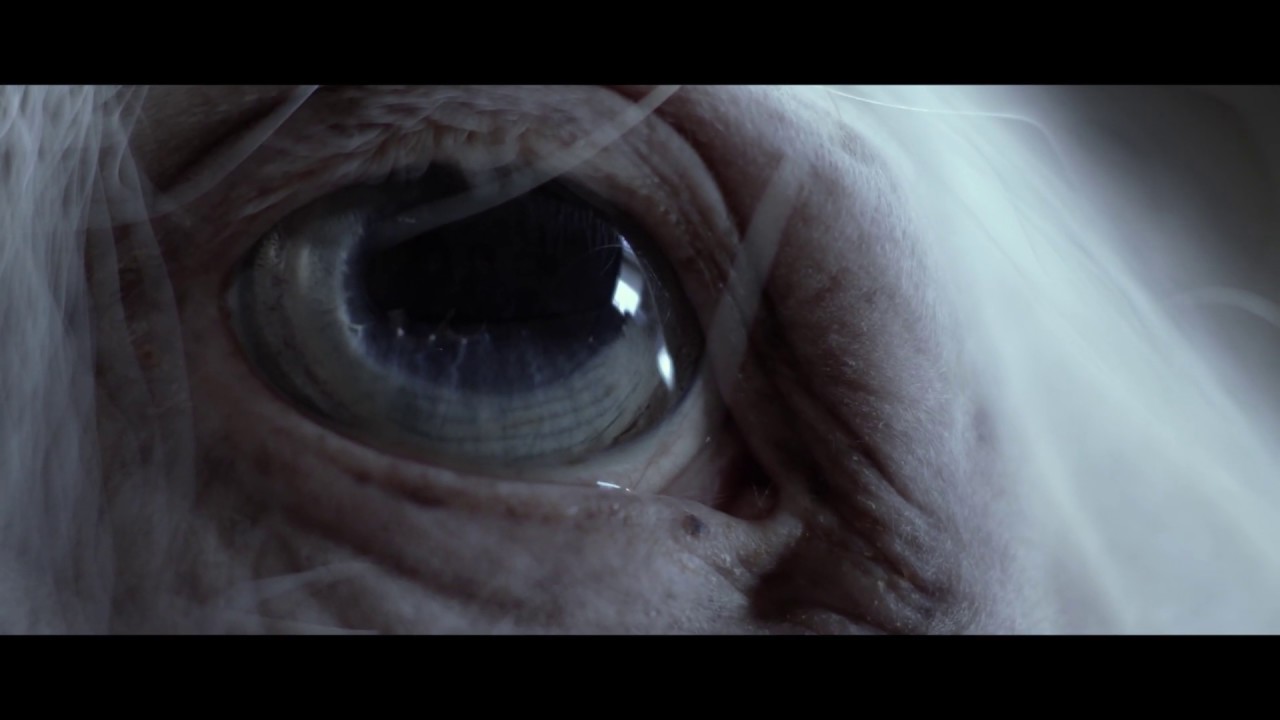The bowed lyre has been on my mind for the past few weeks, ever since I followed a sign on our main road to the local Viking & Anglo Saxon Festival. I’ve been thinking (even more than usual) about the connections between the lyre and the violins that I play; and these new compositions for violin have deepened my thinking further.
My knowledge of early violins always gravitates to the current norms of a standard violin with its shapely resonating body, Stradivarius style with f holes or medieval style (including rebecs) with c holes. The violin shape has not fundamentally changed since the 17th century – a bridge, strings, a soundpost, tailpiece, nut, horsehair bow, fingerboard, etc – and its existence goes back to around 2000BC. But how and when did our early ancestors get their drone on? The first reference to a bow being used comes from cave paintings in France around 15000BC. So what was the evolution from something you can hit or strum, instruments with strings stretched across a frame such as the lyre or harp, to a violin? What was the next logical step in creating sustain without decay, we need continuous contact to create sounds that will accompany the voices, stories and songs of our ancestors.
There are a lot of experimental guitarists, prepared pianists and percussionists who have used a bow, and so they should – a bowed gong is a dreamy prospect. In the 21st century we like to call this ancient experiment an ‘extended technique’. We think we invented this crazy idea of bowing something, but it is essentially the oldest form of experimental music. Do you have an instrument that you’ve tried hitting and strumming? Are you wondering how to get a continuous sound without inventing the hurdygurdy? A bow is what you need.
The new EP One from violinist Galya Bisengalieva took me into some sort of trance, the best kind where normal thought drops away and you can’t do anything except let the sound in. I am inside the rasping rough silk tones and dissonances of Galya’s playing. This EP is a trio of new works, one each composed by Claire M Singer, Bisengalieva and Emilie Levienaise-Farrouch, and all played by Bisengalieva. Together and individually these women are forces of uncompromising new and primordial music.
There’s something very ancient about the building of a string drone. Reminiscent of the minimalism and tonality of Ellen Arkbro’s 2017 release Music For Organ And Brass, the three tracks on EP One invite you to close your eyes as they manipulate time passing. You wake only to start the journey again.
A mixture of multiphonics, harmonics and octaves draw you into the first track, ‘Tús’, written by Singer. A monolithically slow pulsating bass anchors short glissando violin slides which are like animal calls. Bisengalieva evokes glistening translucent threads with her violin, your ears tune in and out of high and low frequencies as the music moves in one cleansing breath to the edge of the world and looks out over a silent civilisation.
After the air has been exhaled back into the world, the now-extinct sound of the gue (the Shetland Islands’ and Norwegian bowed lyre) is conjured through the violin drones. Tús means ‘beginnings’ in Scottish Gaelic, and the track takes inspiration from the volcanic beginnings of Glen Coe; the slow husky bow strokes close the vast gaps between an old world and new minimalism.
From summoning semi-mythical instruments to summoning a mythical creature. On ‘Tulpar’, composed by Bisengalieva and named for the pegasus of her native Kazakhstan, clattering hooves are plucked on metallic wound strings and appear through a vision of opaque bowed drones. The pizzicato rings out like a lyre, that precursor to the violin, with the uncompromising and arrhythmic sound of a Rhodri Davies harp solo. Bisengalieva awakes the wild pegasus with asymmetric bass while the winged horse spirals and dances; it’s like the frenzied playing of the morin khuur (the horsehead fiddle of Mongolia, where the tulpar might also be found). The track flits between myth and the present, between the formalities of a violin and the frenzied pegasus on a mountaintop.
Levienaise-Farrouch’s rhythmic bed of violin loops has a more violinistic and stately melody over it, drawing on a rich but short vocabulary of classical motifs, double stops and classical prowess, and harnessing the signature string glissandi style of American composer Gloria Coates. It has leapt forward in time from the previous two tracks – but these three pieces are not intended to be from the same stable, nor are they a historical offering. The common factors are the richness and loneliness in texture that can be pulled from a violin and electronics, and the three composers writing in a post-minimalist and post-classical era. This EP draws on centuries of what started as an experiment – which perhaps began with ‘why don’t we bow this lyre?’ – and it manages to encompass particles of landscape, storytelling, majesty and minimalism across all three performances.
EP One was commissioned and curated by Bisangalieva to create new, innovative sounds featuring the violin and electronics, with the violin as the linchpin of the project. They add to a strong legacy of current experimental string practitioners who continually take instruments of the violin family to the extreme. Angharad Davies, for example, and her notorious piece ‘solo violin + 4 bass amps’ in which the violin is completely deconstructed by the end of the performance; improvising violinist Alison Blunt; electronic composer and cellist Lucy Railton; string-rich composer Mira Calix: they all lead the way in pushing these sounds and techniques.
From the bowed lyre, the gue and morin khuur to Heinrich Biber’s ‘Battallia’ (written in 1673 and using extended techniques of paper woven between the strings to imitate a drum in battle) to Richard Skelton’s shimmering string drone-based works made with buried and exhumed instruments, we constantly explore these stringed instruments just as our ancestors must have done. Each fresh voice explores the textural and harmonic boundaries. It is easy to be caught in some sort of loop about what a violin is, what it should sound like and how to play it. EP One presents an antidote: new works evocative of ancient mythologies, these songs summon primordial earthly inhabitants and stand at the feet of ancient volcanic eruptions.



